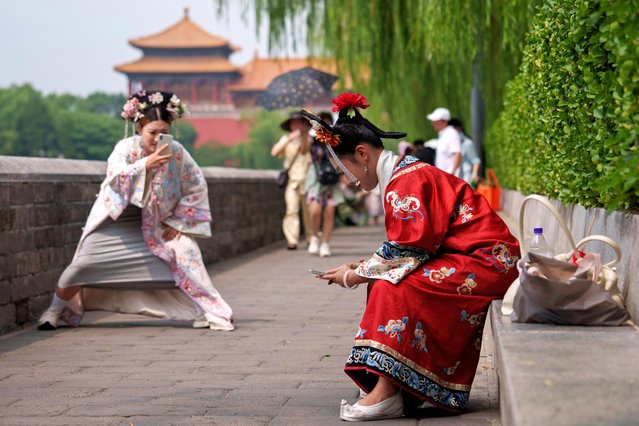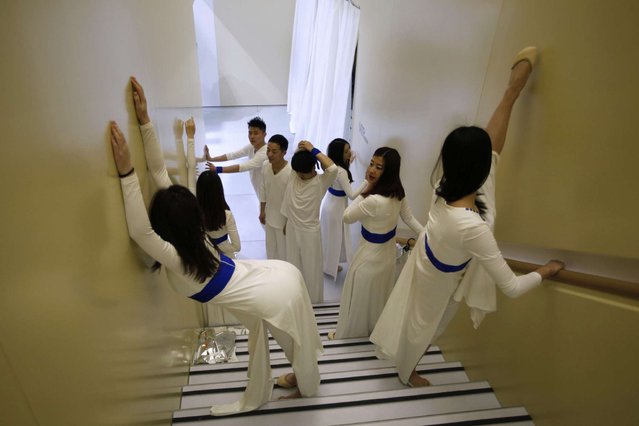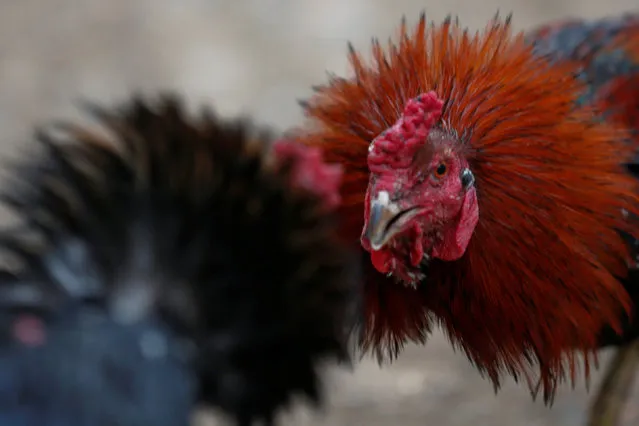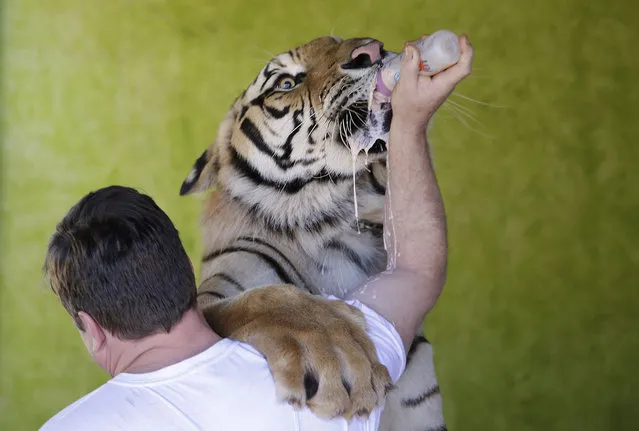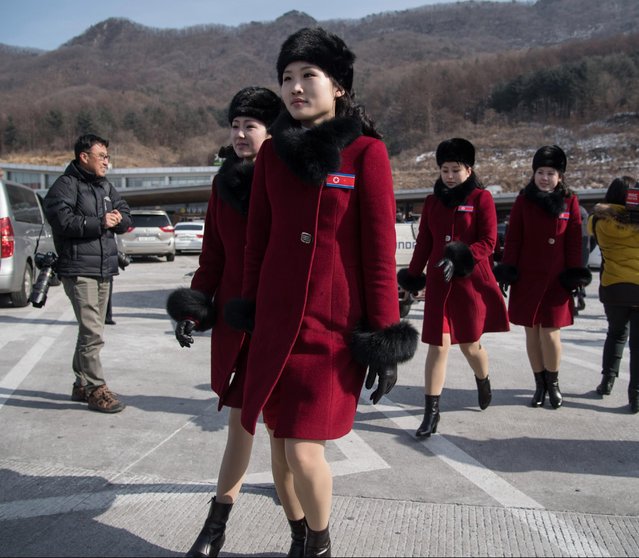
London Fashion Week makeup artist Val Garland in the first decade of September 2025 has created the definitive airport look ahead of Fashion Week, designed for long haul travel and inspired by Heathrow. Made entirely with cosmetics available in Heathrow’s World Duty Free beauty offering, passengers will have a chance to get the look themselves, as well as other immersive experiences as part of the Redefine Your Beauty campaign. (Photo by Daniel Lewis/Heathrow)
21 Sep 2025 03:58:00,post received
0 comments

